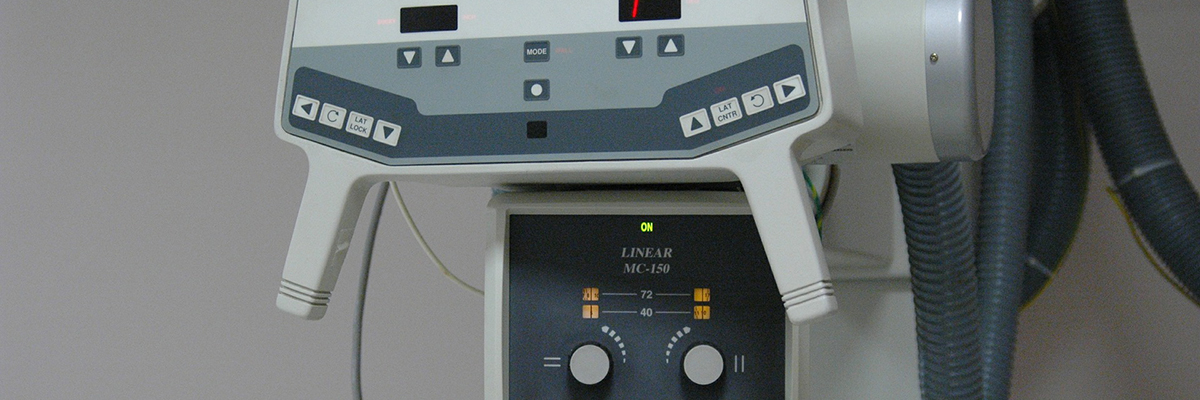Determining if Your Medical Device is Appropriate for the Special 510(k) Program
In September 2019, FDA released final guidance on its Special 510(k) Program. This optional pathway allows medical device manufacturers a simplified approach to submitting changes to their legally marketed products, provided they are currently well-understood by the agency. However, figuring out whether or not your submission qualifies under the Special 510(k) is tricky. Diving into the final guidance, there are hallmarks you can use to understand your device’s qualification under this program.
It’s a change to your own device
Unlike the normal 510(k) pathway which allows for leveraging substantial equivalence to other legally marketed products, the Special 510(k) requires any device submitted through it to be the submitter’s own legally marketed product. This program makes use of FDA’s prior review of the manufacturer’s product. In order to reduce burden, the Special 510(k) streamlines the regulatory process, making alterations to existing devices simpler to move through premarket reviews. Given prior establishment of safety and effectiveness, as long as the changes to the device do not pose different concerns, this pathway remains open for manufacturers.
Performance data may be necessary
 Substantial equivalence still has to be shown under the Special 510(k) program, but to a lesser degree. The primary area of focus for regulators is the changes made to the device and how they impact the rest of the product. This requires robust design control and risk management procedures in place to evaluate design changes and shifts in the device’s overall risk profile.
Substantial equivalence still has to be shown under the Special 510(k) program, but to a lesser degree. The primary area of focus for regulators is the changes made to the device and how they impact the rest of the product. This requires robust design control and risk management procedures in place to evaluate design changes and shifts in the device’s overall risk profile.
It’s important to note that, when submitting under the Special 510(k) pathway with design changes that don’t require the necessary verification and validation efforts to evaluate performance, a clear rationale explaining why must be documented. FDA retains the right to disagree with the manufacturer’s findings and may require that performance data to be generated to support the substantial equivalency claims made in the submission.
Well-established methods for evaluation are in place
If performance data is needed for a Special 510(k) submission, FDA expects manufacturers to have a number of well-established methods in place to evaluate any design changes. Under this program, summary information from these methods can be submitted rather than complete test reports. When providing these summaries, submitters are encouraged by FDA to provide appropriate justification where applicable.
 The agency considers methods as well-established if they are put in place by the manufacturer according to the device, device type, or scientific topic area, and are “validated according to scientific principles.” Some sources of these methods include previous 510(k) submissions, FDA-recognized voluntary consensus standards, qualified medical device development tools, the public domain, scientific literature, and other agency-approved sources.
The agency considers methods as well-established if they are put in place by the manufacturer according to the device, device type, or scientific topic area, and are “validated according to scientific principles.” Some sources of these methods include previous 510(k) submissions, FDA-recognized voluntary consensus standards, qualified medical device development tools, the public domain, scientific literature, and other agency-approved sources.
Evaluation results can be summarized and/or put into a risk analysis format
The results of any verification and validation you do to support performance evaluation must be documented in a summary or risk analysis format in order to continue qualifying under the Special 510(k). FDA makes it very clear in their guidance that they do not want complete test reports unless they are deemed necessary. For each design change, manufacturers must describe the following in their summaries:
- Specific verification and validation activities
- Suitability of methods applied
- Acceptance criteria
- Any changes from testing methods in previous 510(k)s
- Evaluation results
FDA uses this information to determine the validity of substantial equivalence under the Special 510(k) program. In the event they do not agree the performance evaluation can be summarized—depending upon their interpretation of the underlying data—they will convert the submission to a Traditional 510(k) and explain their decision to the submitter.
The Special 510(k) is a unique regulatory pathway for medical device manufacturers. While it offers a less burdensome approach to dealing with design changes and updates to existing products, it should not be taken lightly. Doing your due diligence for compliance goes a long way in ensuring a smoother regulatory review process.
About Cognition Corporation
At Cognition, our goal is to provide medical device and pharmaceutical companies with collaborative solutions to the compliance problems they face every day, allowing the customer to focus on their products rather than the system used to create them. We know we are successful when our customers have seamlessly integrated a quality system, making day-to-day compliance effortless and freeing up resources to focus on product safety and efficacy.




